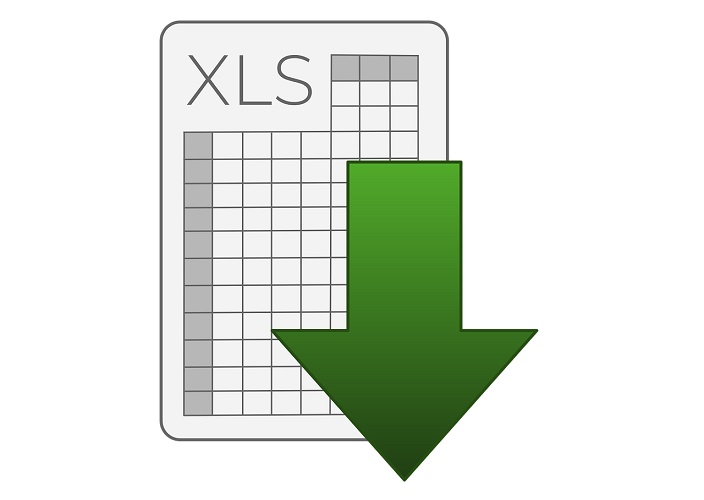To find success in the field of curriculum and instruction, one of the 50 highest paying masters degrees, you might need more extensive technology skills than you would expect. Curriculum specialists and instructional coordinators rely on computer software programs to help them do their job. Some of the purposes for which an instructional coordinator relies on computer software programs include developing educational materials and assessing data on the success of the curriculum. Coursework in technology is part of many master’s degree programs in curriculum and instruction.
The Role of Computer Programs in Curriculum and Instruction
Technology is a bigger part of education than ever before. Today’s instructional coordinators and curriculum specialists often use technology at various points of carrying out their job duties. Instructional coordinators create the curriculum standards, lessons and practices that integrate new technology into students’ learning environment, according to the United States Bureau of Labor Statistics (BLS). They also utilize technologies to help them create or enhance curriculum materials in traditional subjects of study. To improve upon curriculum standards and materials, conscientious instructional coordinators look at data, often with the help of computer programs.
Instructional coordinators introducing new technology must be familiar with both general types of tools and specific programs. In the past, instructional coordinators had to integrate into curricula the use of Internet browsers, email software and word processing programs.
Computer Programs for Creating Curriculum Standards and Materials
Instructional coordinators require a broad range of technology skills, according to O*NET. Many of these skills are used to develop lesson plans and learning materials. For example, instructional coordinators may use desktop publishing software like Adobe InDesign and Microsoft Publisher to create digital graphics. Graphics and photo editing software, like Adobe Photoshop, can be used to create visual aids that help students with different learning styles grasp even complex topics.
Many instructional coordinators use computer software tools and applications to create webpages that allow for interactive educational experiences. To accomplish this, they need skills in using web creation and editing software like Adobe Dreamweaver and Flash Player, web platform development software like HTML and JavaScript and object- or component-oriented development software like Oracle Java.
The tools and languages used to program web applications are constantly evolving, so instructional coordinators with a focus on technology should be prepared to continue learning new technologies throughout their careers.
Analyzing Data With Computer Software
IMAGE SOURCE: Pixabay, public domain
How do you know whether the lessons, coursework and learning materials in use are successfully helping students learn the curriculum standards? Gathering, analyzing and drawing interpretations from data is a crucial part of creating a strong curriculum. Instructional coordinators evaluate data from student progress reports to determine how well students are meeting curriculum standards based on test scores and other graded assignments.
To store and examine student performance data, instructional coordinators use spreadsheet software like Microsoft Excel, charting software like SmartDraw VP and database software like Oracle PL and Structured Query Language (SQL). Instructional coordinators should be prepared to come up with agile, informal modifications to curriculum standards and materials, when needed, as well as formal improvement plans based on more complete collections of data.
Having the skills to explore and understand data is important, but so is understanding how to ask the right questions to understand data, test ideas and ultimately improve student learning outcomes, according to the American Association of School Administrators.
How Curriculum and Instruction Students Learn to Use New Technologies
If this all sounds a little ambitious, don’t worry. You don’t have to just know how to use these computer programs. You will learn how to use different technological tools and programs through your degree program. A master’s degree program in curriculum and instruction may cover coursework like computer applications for the classroom, computer applications in instruction and microcomputer-based management and research tools.
Graduate students in a curriculum and instruction program might study digital learning environments, computer-assisted instruction and methods of teaching computer programming in the classroom – even for children as young as kindergarten. Degree programs in curriculum and instruction may also cover applications of Web 2.0 tools for teaching and learning in the classroom.
Some curriculum and instruction graduate programs emphasize computer knowledge so much that they integrate it into the title of the program, with a name like curriculum, instruction and technology.
Additional Resources
What Are Some Areas I Can Specialize in as a Curriculum and Instruction Student?
What Kind of Classes Will I Be Taking in a Curriculum and Instruction Master’s Program?
What Is the Capstone Project in a Curriculum and Instruction Master’s Degree Program?

